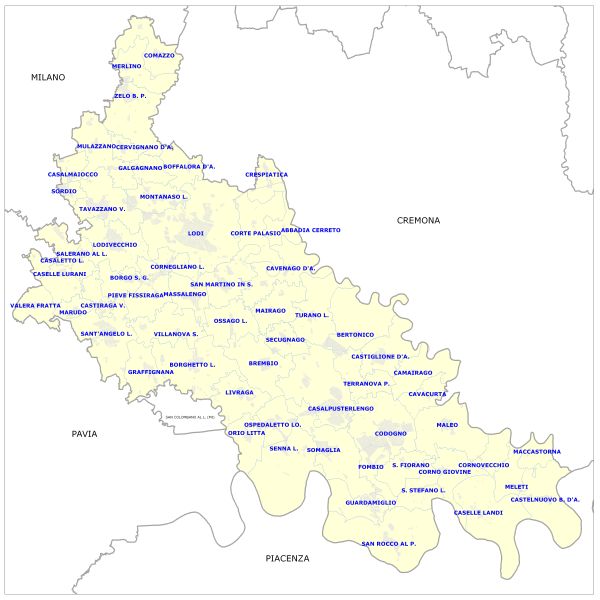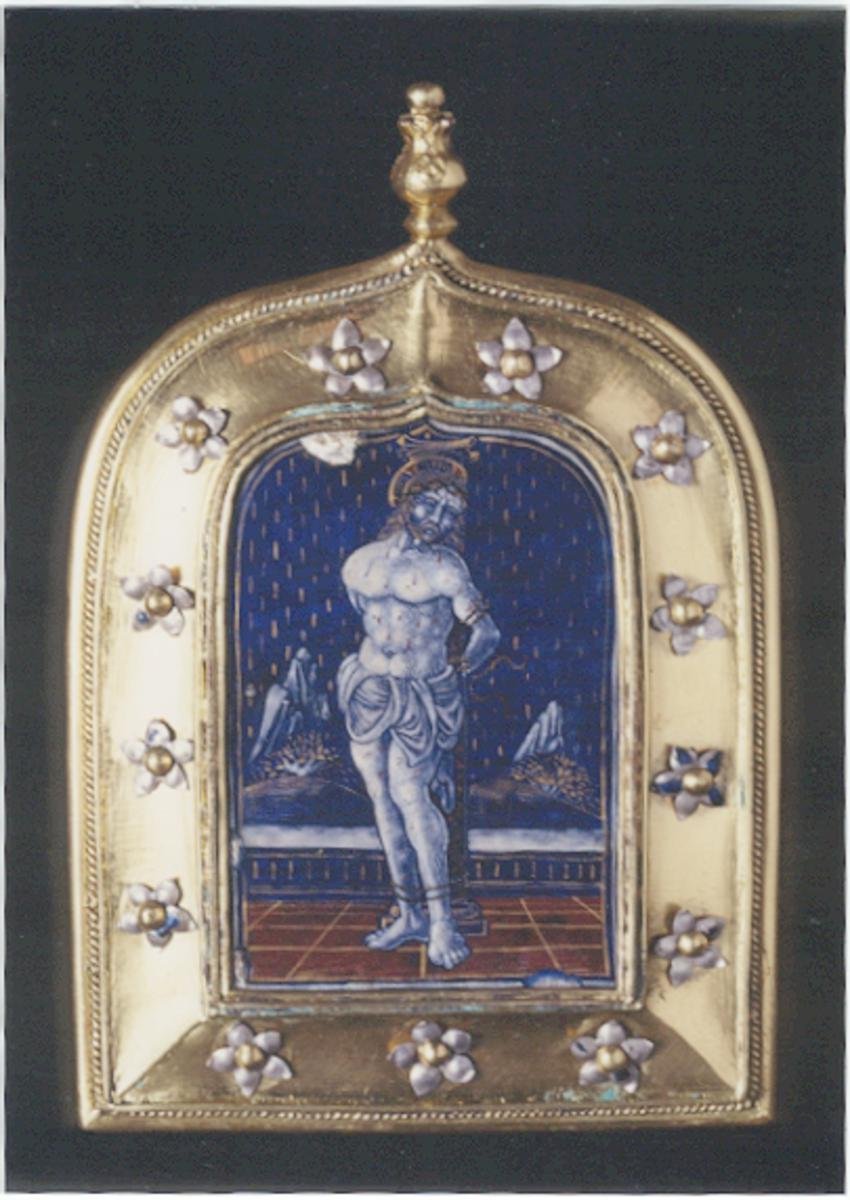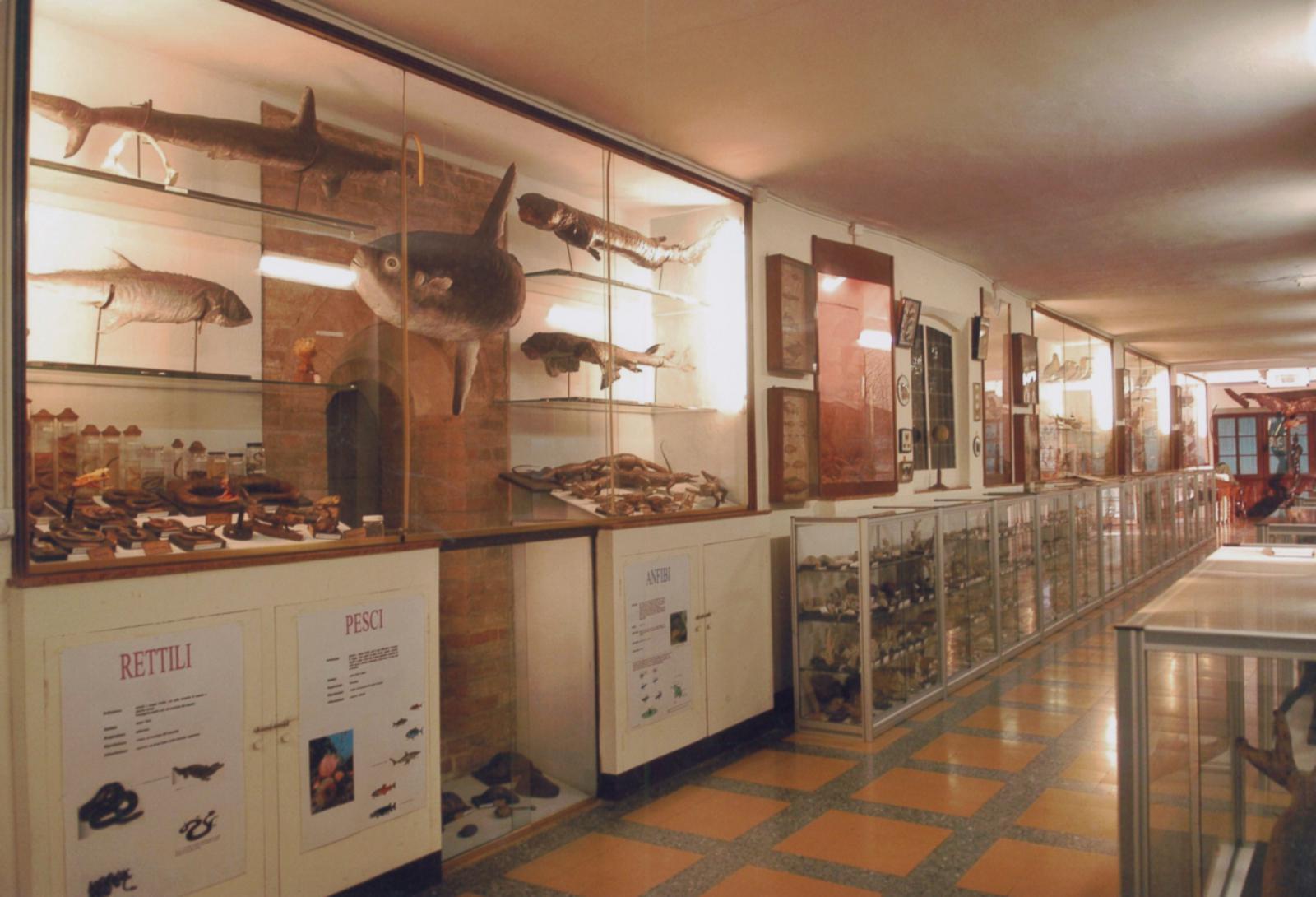Territory
Back
A Brief Historical Summary
The first legal recognition of Lodi dates back to 89 BC, when Pompeo Strabone gave Lodi Latin citizenship. Later, in 49 BC, Julius Caesar gave Roman citizenship to the citizens of Laus Pompeia.
The Diocese of Lodi was established in 374 A.D. and ensured the cohesion and therefore identity of the whole area, even in more troubled historical times.
The year 1158 saw the destruction of Lodi by Milan, and its reconstruction by Frederick I of Swabia, known as Barbarossa.
The 15th century was characterised by two important historical events, namely the proclamation of the Council of Constance in 1413, ending the schism of the West, and the "Peace of Lodi" in 1454, which gave Italy 40 years of relative stability.
Lodi was fully recognised in the 18th century with the arrival of the Austrians, and in 1786, with the reforms of Joseph II, the area definitively took the form of a Province. During the tumultuous Napoleonic period, the situation underwent various changes and at the end of this period, the Province also acquired the Crema territory, taking the name of the Province of Lodi and Crema, remaining so until September 1859, when the institution was abolished by the government of the Kingdom of Sardinia. Since then, there several attempts were made by Lodi to recover its autonomy, even during the Fascist era. Expectations were dashed, however, in the Constituent stage, when the establishment of Provinces in their current form led to the incorporation of Lodi into the Province of Milan. However, the Lodi area, conscious of its own strong identity, resumed its path of autonomy by creating the Consortium of Lodi towns, whose incessant awareness-raising and joint initiatives finally led to the recognition of provincial autonomy by the Chamber of Deputies and the Senate in January 1992. The Province of Lodi was officially established with Legislative Decree No. 251 on 6 March 1992 of the Council of Ministers, and the subsequent consent of the Lombardy Region,. It held its first provincial elections in the spring of 1995.
A Brief Geopolitical and Economic Summary
The Province of Lodi is one of the twelve provinces of Lombardy. It is bordered to the north by the Province of Milan, to the east by the Province of Cremona, to the south by the Province of Piacenza and the west by the Province of Pavia. The province is divided into 61 municipalities and the total number of inhabitants as of 31/08/2010 (ISTAT, 2010) was 227,330
The Lodi area covers 782 square km and is almost entirely bordered by the right bank of the Adda, the left bank of the Lambro and the left bank of the Po. Some typical features of the landscape are its natural and artificial waterways, such as the Muzza Canal, a feat of 13th century hydraulic engineering originating with the need to irrigate fields with clay and gravel soil.
The terrain is typically alluvial and the composition of the soil, made fertile by the tireless reclamation work undertaken by the Cistercian monks, makes it particularly suitable for cultivation.
These characteristics have directed its economic development towards the food supply chain, particularly the processing, manufacturing and sale of products of agricultural origin. The Lodi area is one of the most important centres for Italian agriculture and livestock farming, to the point of constituting a European hub in the livestock sector. Located on the outskirts of Lodi is the Parco Tecnologico Padano, an international centre for the study of food genetics and the support and innovation of the agro-food industry.
Lodi’s Tourist Attractions
The Province of Lodi is also noted for its invaluable historic and artistic heritage, as evidenced by its civil and religious monuments (ancient country houses, castles, churches and abbeys/monasteries). It is also famous for the production of "Ceramica Vecchia Lodi" which ceramics factories in Lodi such as Rossetti, Ferretti, Coppellotti and Dossena, took to the highest point of its expression in the 18th and the first half of the 19th centuries, both for the refined perfection of “glost fired” pottery and for the novelty and delicacy of monochrome or polychrome decorations.
The Lodi area is also a land of gastronomy, with a cuisine characterised by the use of local products and recipes that draw from popular tradition. It is also an ideal destination for nature lovers and cyclists, with many areas of natural interest and an extensive network of cycle paths.
Finally, in signing a Convention for tourism development of the land crossed by the Po river in 2004, the Province of Lodi, together with the Provinces of Pavia, Cremona and Mantua, in 2004, contributed to the creation of the first great Italian Tourism System: the Po di Lombardia Tourism System - www.podilombardia.it. These provinces also decided to become leaders in the tourism market by combining their very best in the fields of culture, art, environment, tradition, gastronomy, hospitality, and the wealth of a liveable and still perfectly usable territory.
To provide a useful tool to learn about the Lodi area, this publication addresses the following topics: art, architecture and museums. It proposes artistic and religious itineraries, cycling and river navigation, and information on parks, rivers and nature, not to mention rural tourism, food and wine.
 Italiano
Italiano English
English

